|
Recovering to full fitness after illness is something that I have been increasingly asked about in recent months. As we start to mix more with others, and Covid 19 is still circulating, we are seeing more people picking up all sorts of viruses and respiratory conditions. I have been using my own recent shingles infection to track how to know when, and by what method to resume structured training, and hopefully share this with others. The story that follows is very much my own experience, and so you should always check with your GP for advice on your own illness and how it might affect your individual recovery. Personally I can look back on the past few weeks and see them in a very different light now. If I analyse the 7-10 days leading up to the outbreak of shingles, I could see that whilst I was performing quite well, I wasn't feeling at my best. I was feeling tired, achy, and had muscular pains in my back. Then the rash broke out and shingles brought me to a screeching halt. Taking a break Like many athletes, this sort of enforced break in training causes worry on many levels. If you use Training Peaks, the missed sessions turning red in your calendar bring up a feeling of anxiety in themselves. Then you start to obsess about the impact that a pause in your training will cause. Will my fitness drop off a cliff? Well this has been the biggest learning for me - but a very positive one. I started to set myself milestones even when I was at my worst. I told myself that three or four days off training, that would be ok, then I could get back into it. In reality, for the first seven days of the infection, and whilst on five antiviral tablets a day, I really struggled to even get up in the mornings, let alone train. By day five I was able to do a 45-minute dog walk, but even after that I needed a nap. I listened to what my body wanted, ate well, rested when I needed to and went to bed early. I even resisted the biggest urge, to get back to the restorative (cold!) water of the Serpentine for a swim. Time to reset those milestones. I read that shingles symptoms can remain for two to six weeks. I tried to convince myself I would be in the two-week camp! Breaking the cycle and easing back in I was still feeling some tingly nerve aches around the band of the rash, in my chest and my back. But the walks started to get longer and that felt quite good. It was nice to be outside and doing something to take my mind off it. It was day 10 before I decided I would try a gentle spin out on my bike. It was such nice weather, but I was very conscious to not overdo it and was pleased to see I could keep my heartrate in zone 1. A good weight training session followed the next day and here I found was the time when it could go one way or another, I could throw myself back into full on training and set myself back, or perhaps be too cautious about returning to structured training. Here is the fine balance between feeling physically ready to train at higher intensities again, balanced off with the mental worry of doing any lasting harm. This is where looking at HRV and other tracking apps can be very reassuring. What is HRV? Heart rate variability or HRV is the physiological phenomenon of the variation in the time interval between consecutive heartbeats in milliseconds. A normal, healthy heart does not tick evenly like a metronome, but instead, when looking at the milliseconds between heartbeats, there is constant variation. In general, we are not acutely aware of this variation; it’s not the same as the heart rate (beats per minute) increasing and decreasing as we go about our daily business. Our body is continuously re-adjusting to maintain a state of balance, called homeostasis. Our heart rate, blood pressure, glucose level, hormones, etc react to the challenges we face and the autonomic nervous system works to keep everything in balance so that we can function optimally. Why is it important? Heart rhythm (and therefore HRV) is regulated by the parasympathetic branch of the autonomic nervous system, the one in charge of rest and relaxation. Hence, measuring HRV is an effective way to capture how our body is doing while trying to maintain a state of balance in response to different stressors (training, lifestyle, etc). HRV is the only practical, non-invasive and cost-effective way we have to measure the activity of the autonomic nervous system in response to stress. Having looked at various apps over the past few months, I opted to track my HRV with HRV4 Training How does this app work? Over the years I have dabbled with different HRV apps, most of which rely on heart rate monitors, usually not compatible with my Garmin device. HRV4Training however uses the camera and light emitting diode on your phone, which when your finger is held over them, detect changes in blood volume during a cardiac cycle, determining markers of the autonomous nervous system activity. HRV4Training requires at least 4 consecutive days of data to be able determine your baseline HRV range. Normally a higher score is viewed positively, and a lower one negatively, as that's how higher stress is reflected at the physiological level. Like anything this is all very individual, ie your own personal ‘normal’. The app also puts this into context by prompting you to annotate different tags related to your current lifestyle and training. These include parameters that can affect physiological stress, performance, and training, e.g sleep quality, mental tiredness, muscle fatigue and so on. The difference HRV training can make I was particularly interested in a study that was done on HRV with cyclists. The purpose of the study was to examine the effect of training prescription based on HRV in road cycling performance. So, after four weeks of baseline measurements 17 well trained cyclists were split into two groups - HRV guided and a traditionally trained or periodised group. The training programme lasted another eight weeks and performance measures were taken before and after the eight weeks in both groups. They looked at a seven-day moving average, and when this was outside of their normal values of HRV, the prescribed training intensity was reduced. So from high or moderate it would go to easy or rest. They found that the HRV guided group improved peak power output by 7% during a 40 minute time trial , while the traditional periodised group did not improve in any metric. the authors concluded that daily training prescription based on HRV could result in a better performance enhancement than traditionally periodised and well-trained cyclists. Putting it into practice As I hadn’t been tracking my HRV before my shingles outbreak I had to wait until I felt as symptom free as possible to set my minimum 4 day benchmark. I tracked my HRV following the prompts of when it is fine to proceed, and when to back off. The weekly snapshot was really helpful in allowing me to see how my HRV was tracking, with the amber drop very much correlating with how I felt in terms of fatigue. The outcome has been really heartening. After two weeks without any real training to speak of, my first run back (always the discipline I find the hardest) had me setting times that were my second fastest of the year. Cycling and swimming followed a similar trend. A recent trip to Scotland proved particularly insightful. My HRV initially dropped in response to the travel (and possible over indulgences), and then peaked after a couple of days of light/playful training (if that is what you can call swimming in the freezing North Sea!) Female specific tracking Alongside this, I have been a big fan of using ‘Wild AI’, an app which uses innovative data analysis and AI to allow women to train, fuel and recover based on their female physiology. Wild AI uses objective and subjective information to help inform your decisions to reach peak performance, supporting women with naturally recurring cycles, on birth control, in perimenopause or postmenopause. I have found this a really helpful supplementary source of information which enables me to:
Key learnings There are several things I have taken away from this experience in terms of training advice after illness (or injury):
NOTE that all opinions in this blog are my own individual experiences and medical advice should be sought to verify your own condition and your suitability to return to exercise.
0 Comments
|
AuthorDenise Yeats is a coach, personal trainer, endurance athlete and avid adventurer. She is passionate about supporting women to achieve their goals, working with, not against their changing physiology. Archives
July 2024
Categories |
Proudly powered by Weebly


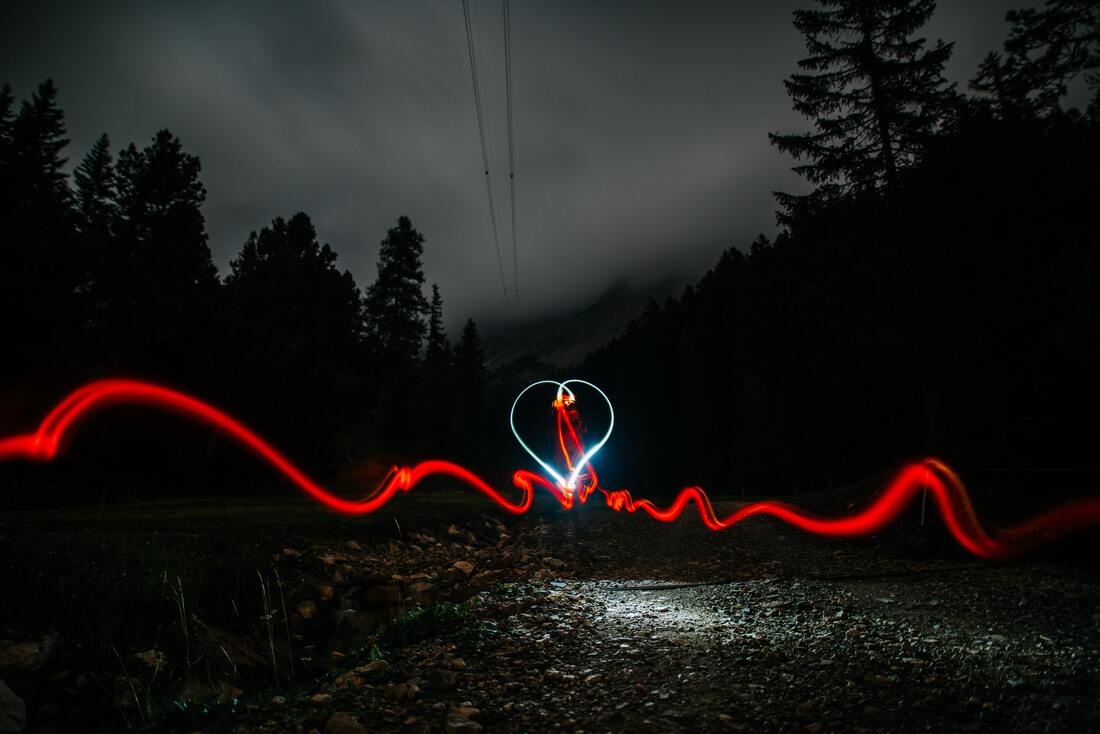
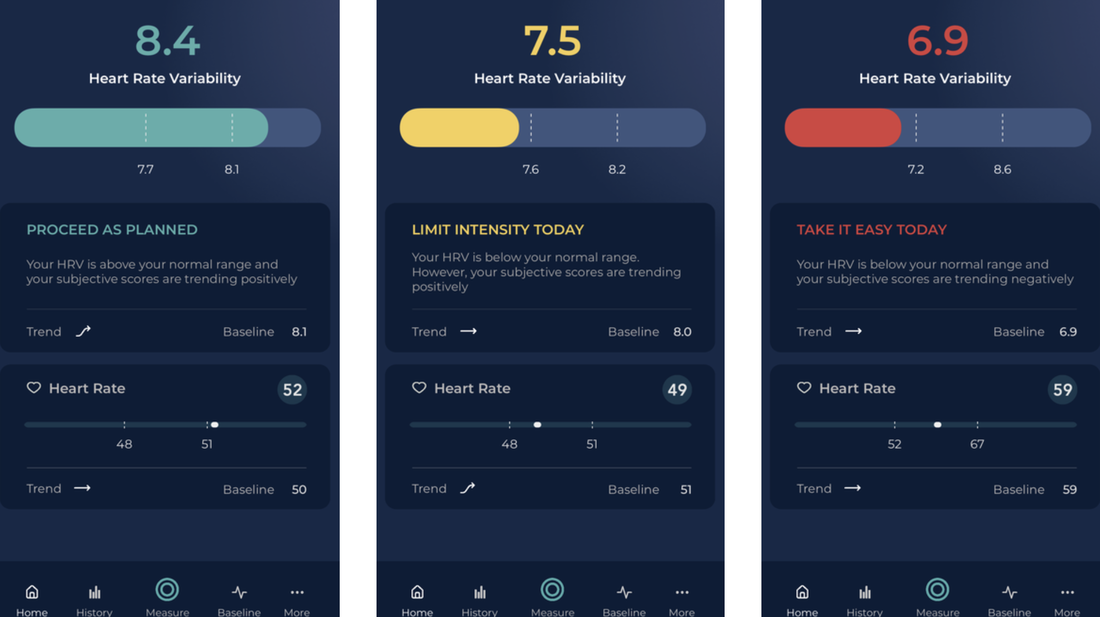
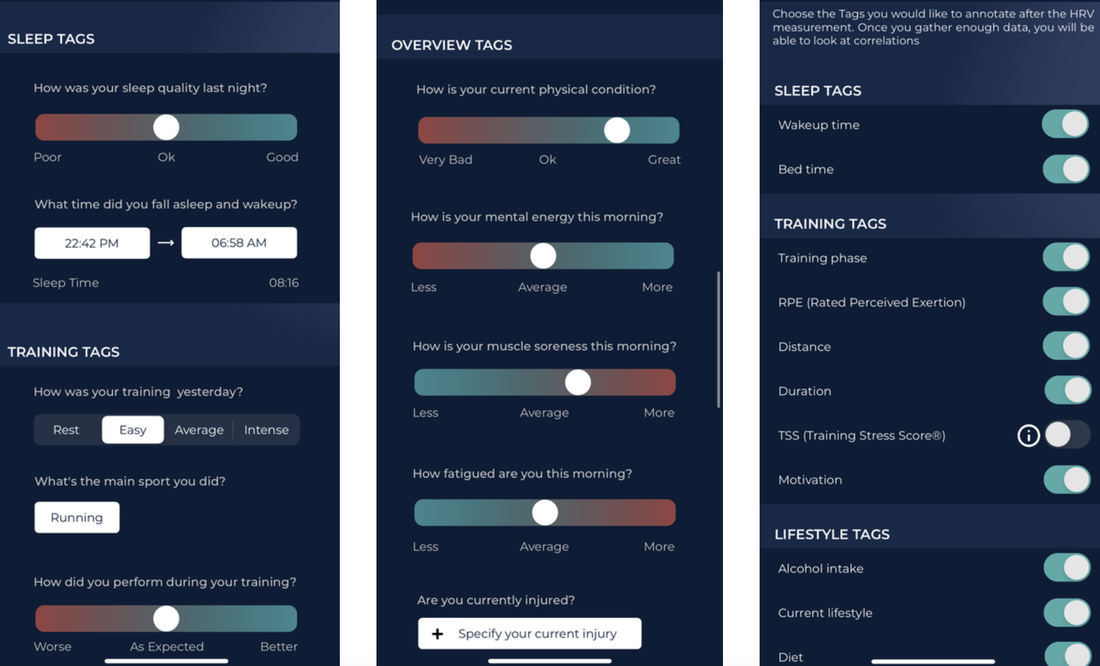

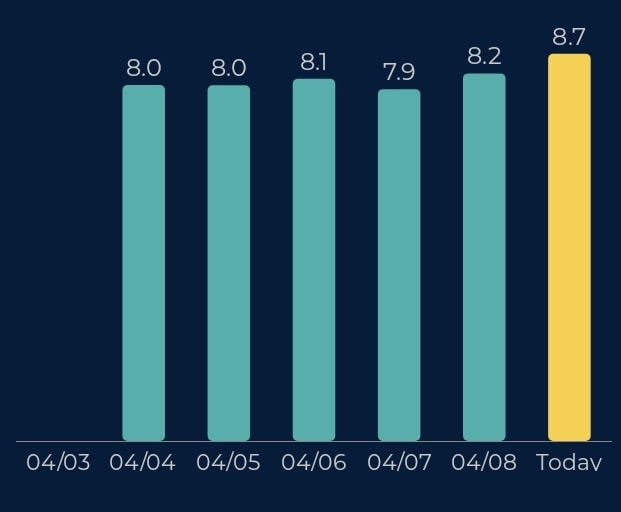
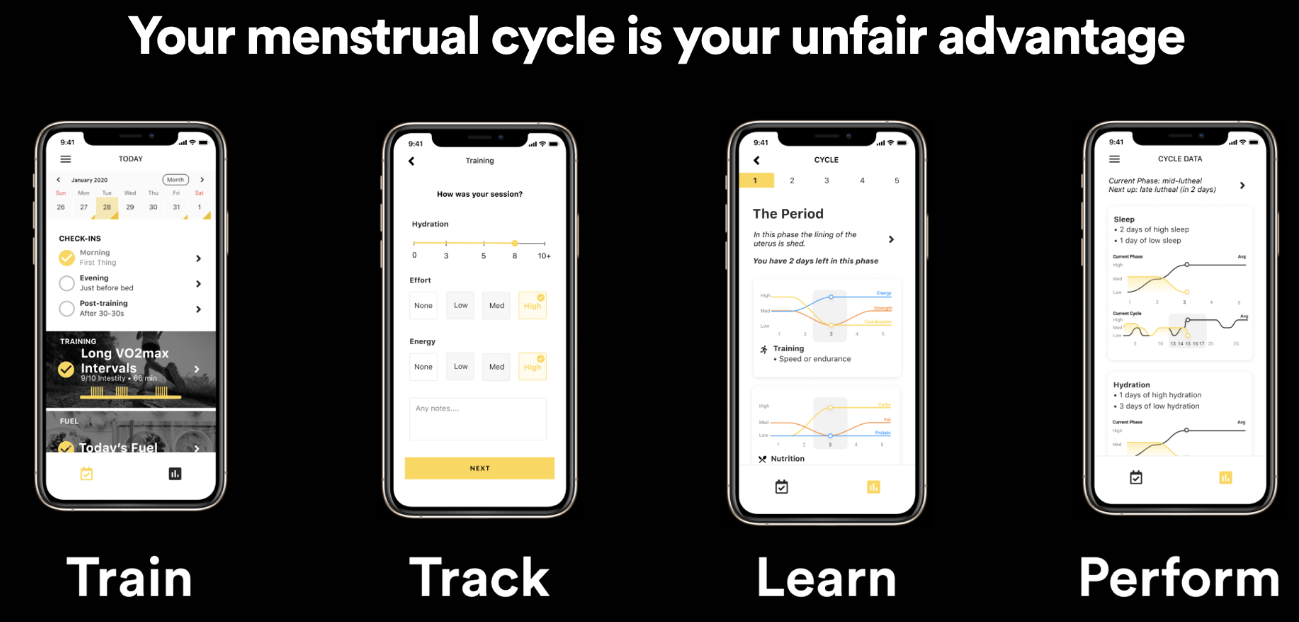
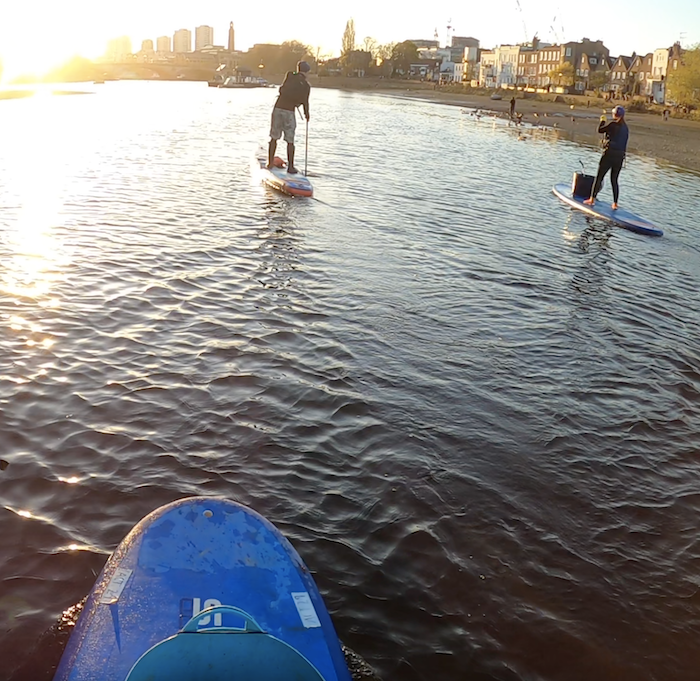
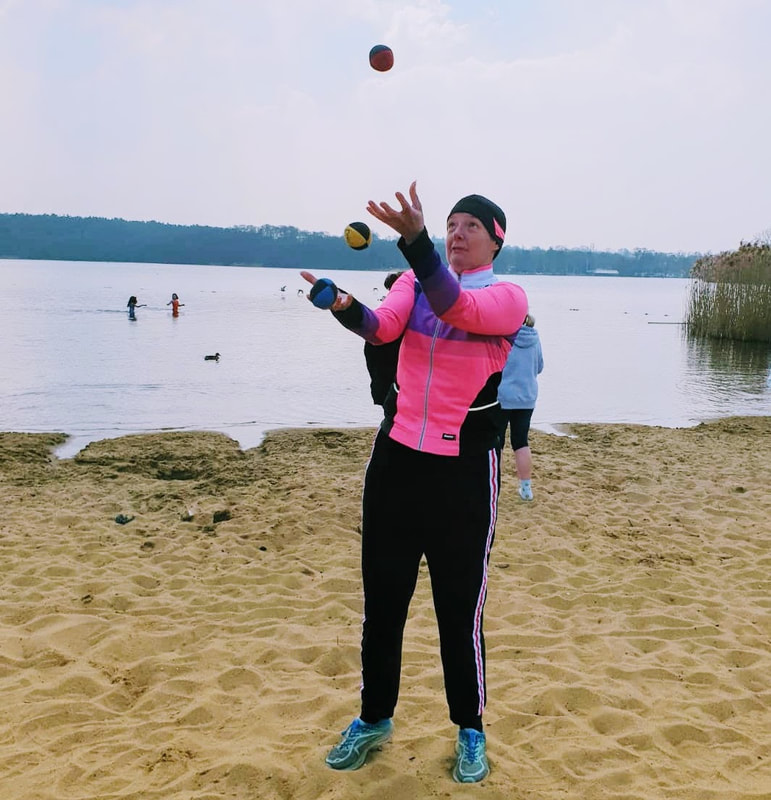
 RSS Feed
RSS Feed